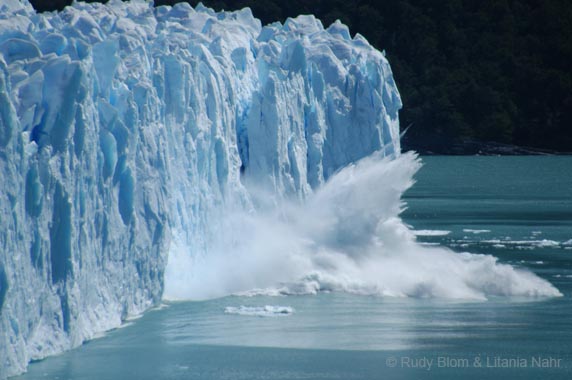Another experiment was done to simulate another aspect of climate change. In our group we decided to test the effects of soot and aerosol particles on the melting of glaciers. This was done by having two different beakers. One beaker just contained ice, while the other contained ice and a salt compound. Although the beaker with the salt heated at a slower rate, it melted just as quickly as the other beaker. This shows that soot and aerosol particles on ice can lower the temperature at which the glaciers and ice on the earth can melt, therefore melting the ice more quickly. When the ice melts, this creates heat, which then slowly warms the earth. This is therefore one of the reasons that global warming is occurring.
28 March 2012
Beaker World
During a recent experiment at the University of San Diego, a simulation was created of the water and ice on Earth when it is exposed to visible radiation. Two beakers contained ice and cold water, while a third beaker contained only room temperature water. One of the beakers with ice and the beaker without were placed under a lightbulb to simulate strong visible radiation, while the third beaker was kept away from direct exposure to the light. This lab showed that, even though a large temperature change did not occur in the beaker with only room temperature water, the heat from the light still vaporized the water to the same steady state temperature of around 24 degrees Celsius. Also, the two beakers with ice heated at about the same rate to the steady state temperature, despite one of the beakers not being directly exposed to the light.
Subscribe to:
Post Comments (Atom)

No comments:
Post a Comment